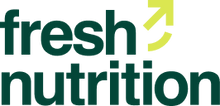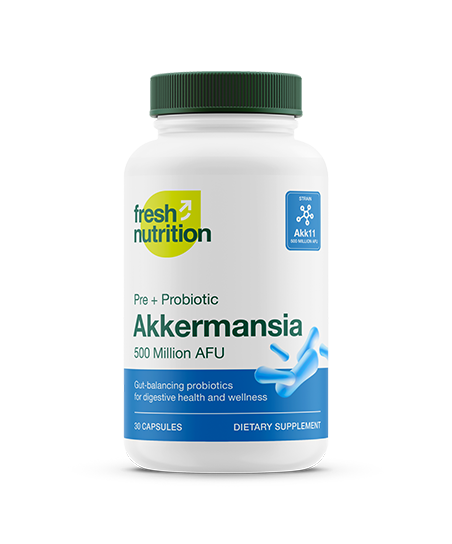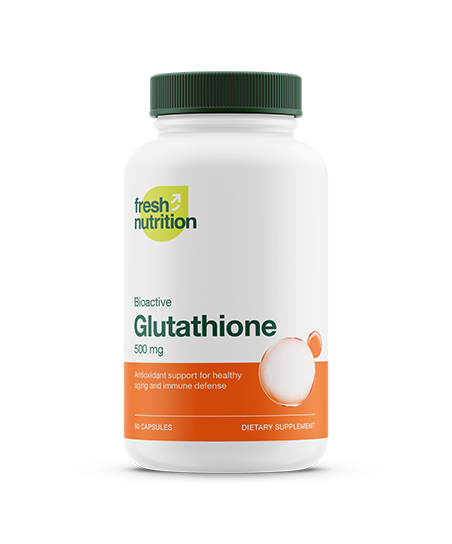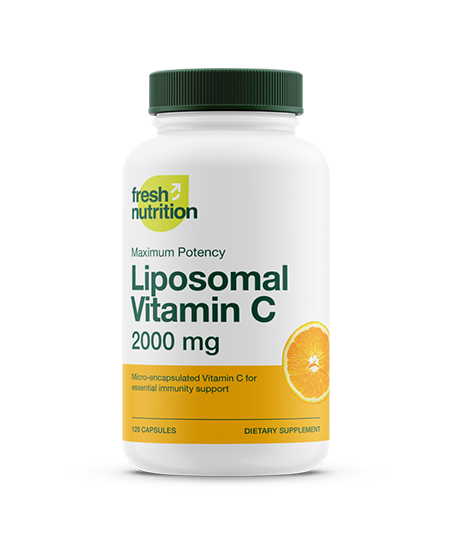Milk Thistle
Scientific Name(s): Silybum marianum (L.) Gaertn.
Common Name(s): Carduus marianus, Fructus cardui mariae, Fructus silybi mariae, Mariana mariana, Blessed milk thistle, Bull thistle, Chardon de Marie, Holy thistle, Lady's milk, Lady's thistle, Marian thistle, Mary thistle, Mild marian thistle, Milk thistle, Pternix, Shui fei ji, Silberdistil, Silibinin, Silybe, Silybon, Silybum, Silymarin, St. Mary's thistle, Thistle, Thistle of the Blessed Virgin, Wild artichoke.
Use
Milk thistle has been investigated for its anti-inflammatory, antimicrobial, and CNS effects. It has been studied for use in allergic rhinitis, asthma, cancer treatment–related adverse effects, rheumatoid arthritis, type 2 diabetes, drug-induced hepatotoxicity, drug-induced nephrotoxicity, dyslipidemia, and thalassemia; however clinical trials supporting these uses are limited. Milk thistle is most commonly evaluated for use in the management of liver diseases (alcohol-induced and viral hepatitis) but the majority of clinical trials show equivocal results.
DosingMilk thistle is considered safe in dosages of 420 mg/day orally in divided doses for up to 41 months. One source suggests daily doses of 12 to 15 g of dry fruits for dyspepsia and disorders of the biliary system, while an extract containing 200 to 400 mg/day of silymarin is considered effective in various liver disorders.
ContraindicationsMilk thistle is contraindicated in patients with allergy to any plant in the Asteraceae family. Avoid use of the aboveground parts of the plant in women with hormone-sensitive conditions (eg, breast, uterine, and ovarian cancers; endometriosis; uterine fibroids) unless under the supervision of a physician, due to the extract's possible estrogenic effects. The more commonly used milk thistle seed extracts are not known to have estrogenic effects.
Pregnancy/LactationMilk thistle has traditionally been used in pregnancy. Limited clinical studies in pregnancy demonstrate use without apparent adverse effects; however, further data are needed to confirm safety. Caution should be used in pregnant and breastfeeding women.
InteractionsThere are mixed data regarding milk thistle's ability to exert inhibitory or inductive activity on cytochrome P450 (CYP-450) 1A2, 2C19, 2D6, 2E1, and 3A4, as well as P-glycoprotein. Therefore, close monitoring is warranted when drugs metabolized by these enzymes are given concomitantly with milk thistle.
Adverse ReactionsSilymarin is well tolerated; the most common adverse effects after oral ingestion were brief GI disturbances (eg, abdominal bloating, abdominal fullness or pain, anorexia, changes in bowel habits, diarrhea, dyspepsia, flatulence, nausea). Headache and pruritus have also been reported.
ToxicologyToxic effects of silymarin have not been noted clinically at a dosage of 1,200 mg/day; however, mild allergies have been reported with dosages greater than 1,500 mg/day.
Scientific Family
Asteraceae (daisy)
Botany
Milk thistle is indigenous to Europe, Asia, and northern Africa, but has been naturalized in North and South America and Australia. The tall biennial plant grows 5 to 10 feet in height and has large, prickly leaves. The leaves have white markings or "milky veins." When broken, the leaves and stems exude a milky sap, from which the plant derives its name. The flowers are reddish-purple and ridged with sharp spines. The shiny, mottled, black- or grey-toned fruits, often referred to as "seeds," are used in making the extract. The fruits make up the thistle portion along with its silvery pappus, which readily falls away and is not used for the extract preparation.
History
The name "milk thistle" comes from the story of the Virgin Mary who was sheltering under the thorny leaves of the milk thistle while nursing baby Jesus. A drop of Mary's milk fell, causing the distinctive white veins on the leaves of milk thistle. The fruit, stem, and seeds are considered to have medicinal value. Milk thistle has been used medicinally since the fourth century BC. Dioscorides (AD 40 to 90), a Greek physician and botanist, was the first to describe the healing properties of milk thistle. Its use in treating hepatobiliary diseases dates back to the 1700s, and its use as a liver protectant can be traced to Greek references. Pliny the Elder (AD 23 to 79) noted that the plant's juice was excellent for "carrying off bile." The ancient Greek and Romans used milk thistle for snake bites. The 17th century English herbalist Nicholas Culpepper described milk thistle as beneficial in treating jaundice and in removing liver and spleen obstructions. In the Eclectic medicine movement (19th to 20th century), milk thistle was used to treat varicose veins, menstrual difficulty, and congestion in the liver, spleen, and kidneys. In homeopathic medicine, a tincture of the seeds has been used to treat liver disorders, jaundice, gallstones, peritonitis, hemorrhage, bronchitis, and varicose veins.
Early colonists introduced milk thistle to North America. The plant was first grown in Europe and the de-spined leaves were used in salads and eaten as a vegetable; the stalks and root parts were also consumed. The flower portion was eaten "artichoke-style" and the roasted seeds were used as a coffee sub.
Chemistry
The active ingredient in milk thistle is silymarin. Silymarin is composed of 65% to 80% of a complex of flavonolignans: silybin A, silybin B, isosilybin A, isosilybin B, silychristin, isosilychristin, silydianin, and the flavonoid taxifoline. The remainder consists of fatty acids, betaine, apigenin, silybonol, proteins, fixed oil, and polyphenolic compounds. Silybin A and B, diastereoisomers of silibinin in a 1:1 ratio, are considered the most biologically active components. Milk thistle has poor oral availability, and as such, phospholipid complexes of silibinin and silymarin help improve absorption.




